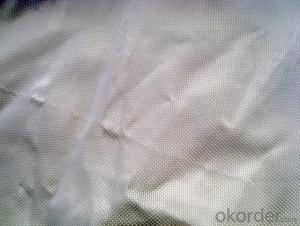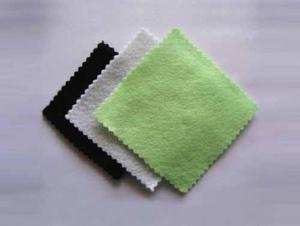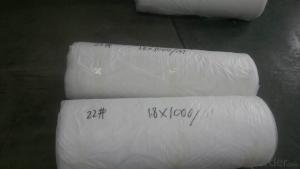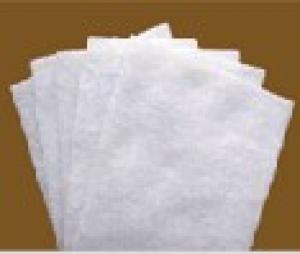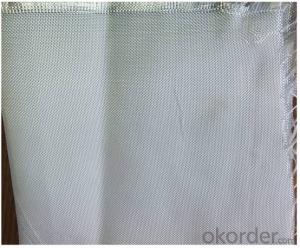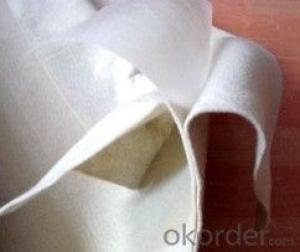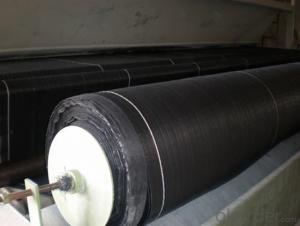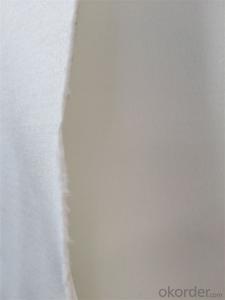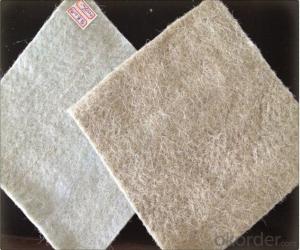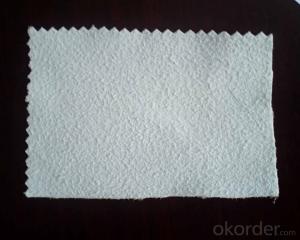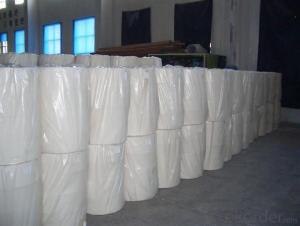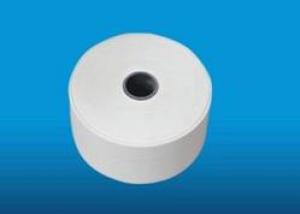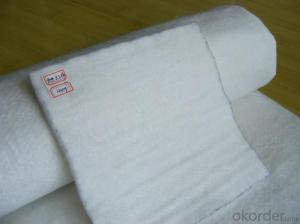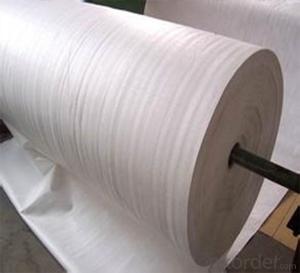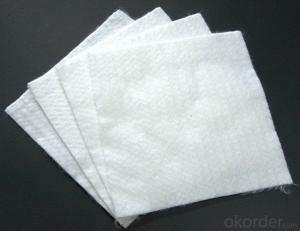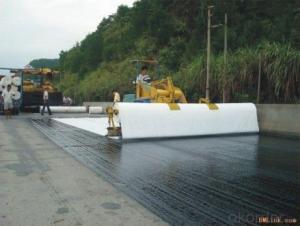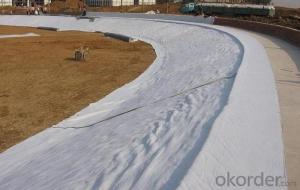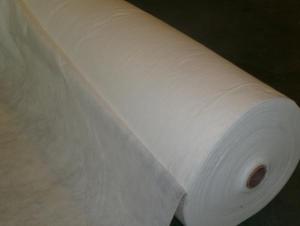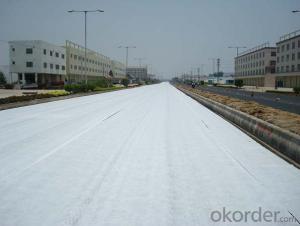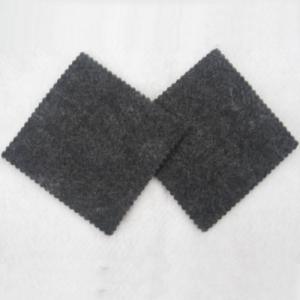Nw Linings and Geotextile Non Woven Fabric with Thermal Bonded 100g
- Loading Port:
- Qingdao
- Payment Terms:
- TT OR LC
- Min Order Qty:
- 500 m²
- Supply Capability:
- 100000 m²/month
OKorder Service Pledge
OKorder Financial Service
You Might Also Like
1.Weed Barrier Fabric Description:
The weed barrier fabric is a kind of vertical and horizontal weaving plastic woven cloth. It has good quality of permeability,water seepage and Prevention and control of weeds. Widely used in gardening and agriculture.
Most areas in order to control weeds and prevent the plant roots drill ground Commonly used blow molding of the PE film as grass cloth.Because of the PE film is transparent,sunlight an through the PE film sunlight to PE membrane under the weeds,weeds can for photosynthesis, not prevent weed growth.
And the PE film sealing good, poor permeability, water penetration ability is insufficient, make the plant roots absorbing water ability is insufficient, affect plant growth, increased permeability is low geothermal could lead to a plant's root rot.
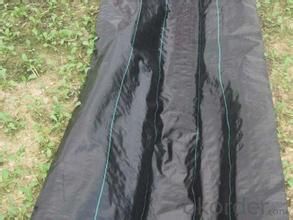
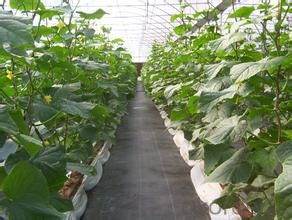
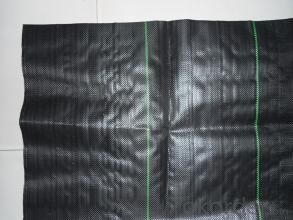
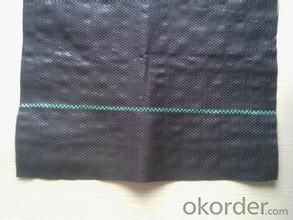
2.Weed Barrier Fabric Functions and Features:
1)Excellent weed control
2)Excellent UV resistance
3)Moisture,fertilizers,air reach plants to allow for healthy soil
4)Good water and air permeability
5)Exceptional toughness and strength
6)Durable,tear-resistant,anti-rot and anti-mildew
7)Light weight,easy to install,follows natural ground contours
8)Ideal for use in landscaped beds,under decks and walkways
9)Fashionable design,high quality,competitive price
10)Long service life
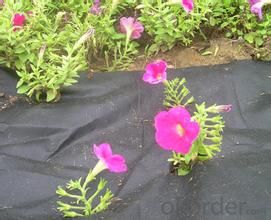
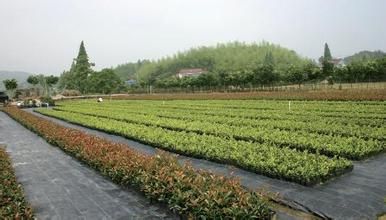
3. Weed Barrier Fabric Usage:
1.Prevent leakage disposal in landfill or waste water or waste dregs disposing field.
2.River bank ,lake dam ,mine remainings ,resevoir ,tunnel ,liquid storage pool(pit ,mine)
3.Preventing leakage in subway ,basement ,tunnel ,hole .
4.Anti-salt leakage in roadbed and other ground sill.
5.The plane direction laying of dam ,the vertical direction laying for ground sill.used in the construction fence and waste material field.
6.Used in ground sill of road ,highway ,railway and waterproof layer of welling clay and wet collapsed loess.
7.Preventing leakage on rooftop.
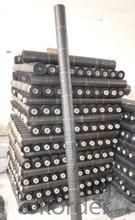
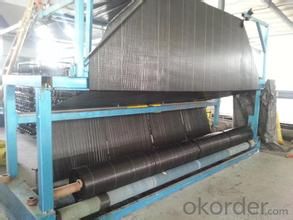
4. FAQ:
Q1: What is your minimum order quantity?
A:The minimum order quantity is 5000 ,but it is negotiable.
Q2:What is your payment terms?
A: T/T,Western Union,Paypal,L/C...
Q3:What is your delivery time?
A:Production time usually costs 2-20 days.
Waiting to cooperate with you!
- Q: Geotextile wholesale price of how much money, geotextile fabric manufacturers latest offer
- Geotextile wholesale, ranging from 5000-9000 yuan a ton. Geotextile manufacturers to answer your questions
- Q: How do geotextiles help with soil reinforcement in geogrid applications?
- Geotextiles help with soil reinforcement in geogrid applications by acting as a separation layer between the soil and the geogrid. They prevent the intermixing of different soil layers, which helps maintain the integrity of the geogrid by preventing soil displacement. Additionally, geotextiles enhance the overall performance of the geogrid by distributing the loads more evenly across the soil surface, reducing the potential for localized stress concentrations.
- Q: Are geotextiles suitable for use in landfill applications?
- Yes, geotextiles are suitable for use in landfill applications. They are commonly used to separate the waste from the underlying soil, providing stability and preventing the mixing of different materials. Geotextiles also help with drainage and filtration, reducing the risk of groundwater contamination. Additionally, they can enhance the overall performance and lifespan of the landfill by reducing erosion and increasing the structural integrity of the waste containment system.
- Q: How do geotextiles help in preventing lateral spreading of soil?
- Geotextiles help in preventing lateral spreading of soil by providing a barrier that restricts the movement of soil particles, thereby reducing the potential for erosion and instability. The geotextile material acts as a separator, preventing the mixing of different soil layers and maintaining their integrity. It also enhances soil reinforcement, distributing the applied load more evenly and increasing the overall stability of the soil structure. Additionally, geotextiles improve drainage by allowing water to flow freely while preventing the loss of fine particles. Overall, geotextiles play a crucial role in preventing lateral spreading of soil and ensuring the long-term stability of various civil engineering projects.
- Q: What are the advantages of using geotextiles in stormwater management systems?
- Geotextiles offer several advantages in stormwater management systems. Firstly, they provide effective sediment filtration, preventing soil erosion and the accumulation of pollutants in water bodies. Secondly, they enhance soil stability by reinforcing the ground and minimizing the risk of slope failures. Additionally, geotextiles promote water infiltration and drainage, reducing the chances of flooding and ponding. They are also cost-effective as they require less maintenance and have a longer lifespan compared to traditional erosion control methods. Overall, geotextiles play a crucial role in improving the overall performance and sustainability of stormwater management systems.
- Q: Geotextile construction requirements of the use of adhesive specifications
- Hello, geotextile construction is very simple, laying with less cutting, less overlap for the principle. Take the head set aside about 25 cm. Using double take the head, sew two lines. This is in principle to ask this, the general construction can not do so carefully. Huazhi geotechnical materials manufacturers to answer, need to talk.
- Q: Measured geotextile vertical permeability, "highway engineering geosynthetics test procedures" T1141-2006 6.3 balanced head difference is not necessary to balance the 50mm? Can not balance ah more
- So deep, although we produce geotextile, but geotextile detection really is not proficient in it
- Q: Engineering geotextile non-woven fabrics where the cheapest can buy, where the wholesale market?
- Manufacturers need to add 8720 -
- Q: In the laying of composite geotextile water layer, what is wf115-0.2mm type
- Supply of composite geotextile, geomembrane.
- Q: How do geotextiles contribute to the performance of geogrid-reinforced slopes?
- Geotextiles play a crucial role in enhancing the performance of geogrid-reinforced slopes. They provide separation and filtration functions by preventing the mixing of different soil layers and allowing water to drain through while preventing the loss of fine particles. This helps to maintain the integrity and stability of the slope, reducing the risk of erosion and soil movement. Additionally, geotextiles act as a barrier to vegetation growth, minimizing the potential damage caused by roots. Overall, geotextiles significantly contribute to the long-term effectiveness and durability of geogrid-reinforced slopes.
Send your message to us
Nw Linings and Geotextile Non Woven Fabric with Thermal Bonded 100g
- Loading Port:
- Qingdao
- Payment Terms:
- TT OR LC
- Min Order Qty:
- 500 m²
- Supply Capability:
- 100000 m²/month
OKorder Service Pledge
OKorder Financial Service
Similar products
Hot products
Hot Searches
Related keywords
